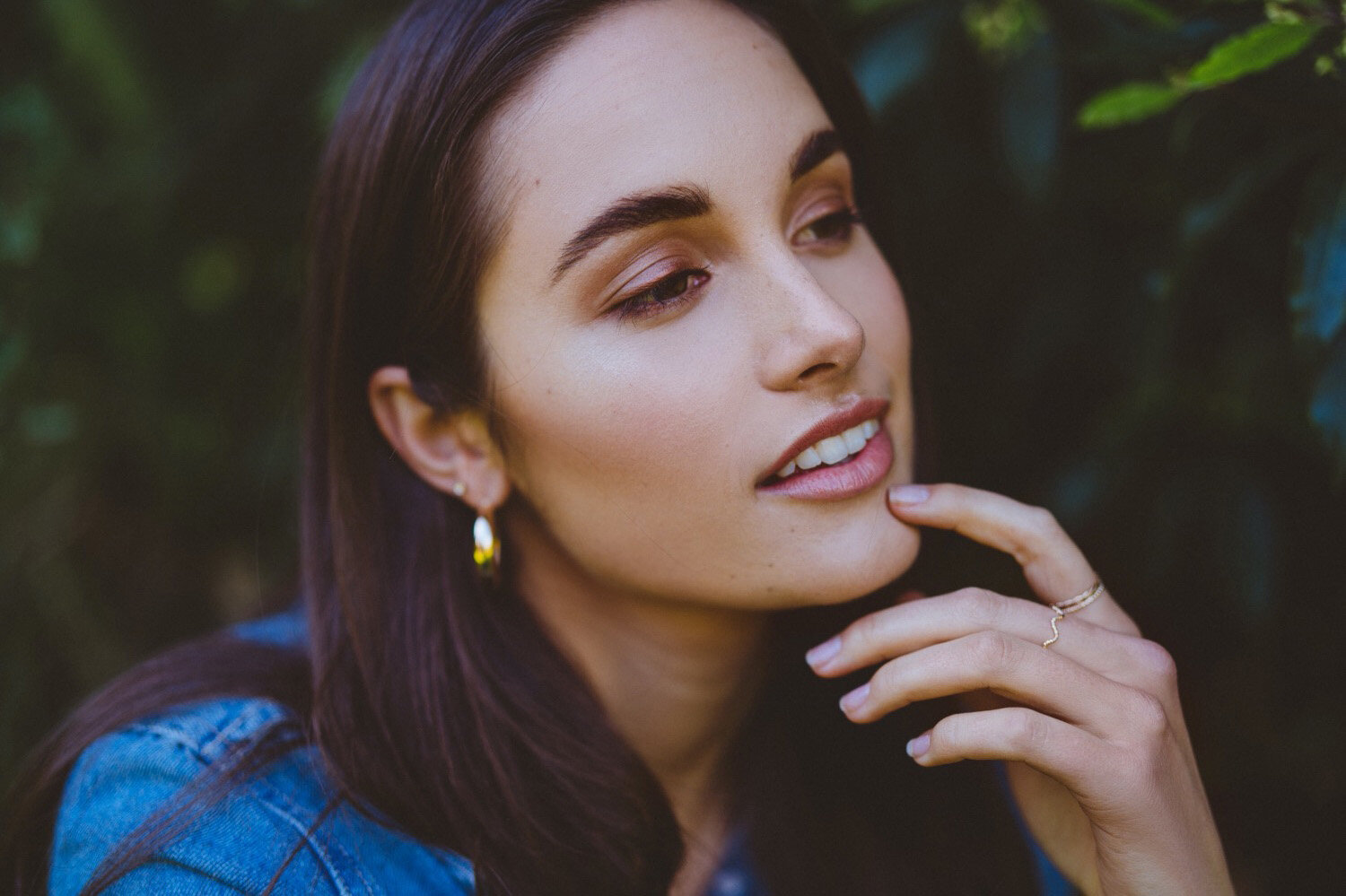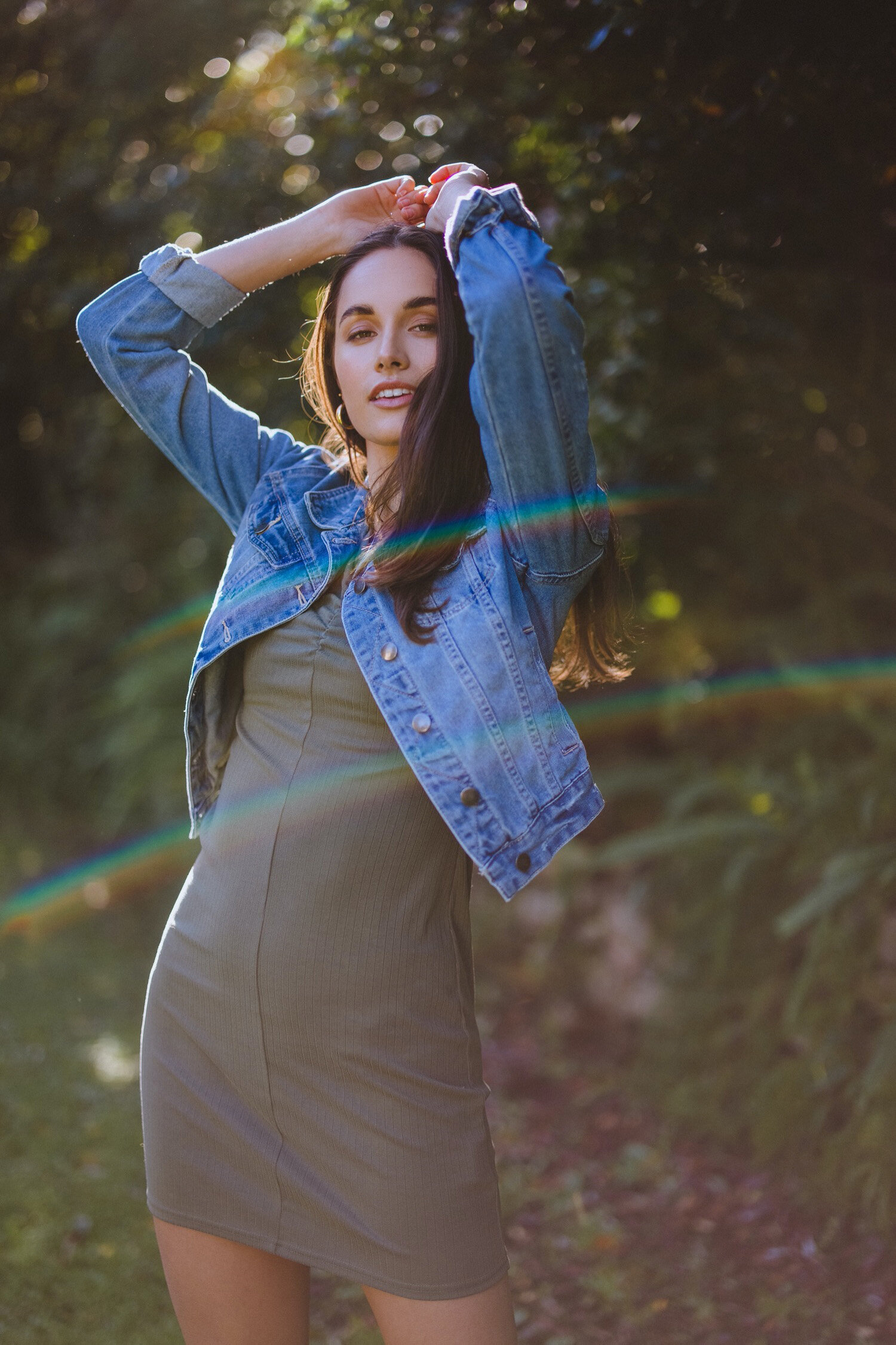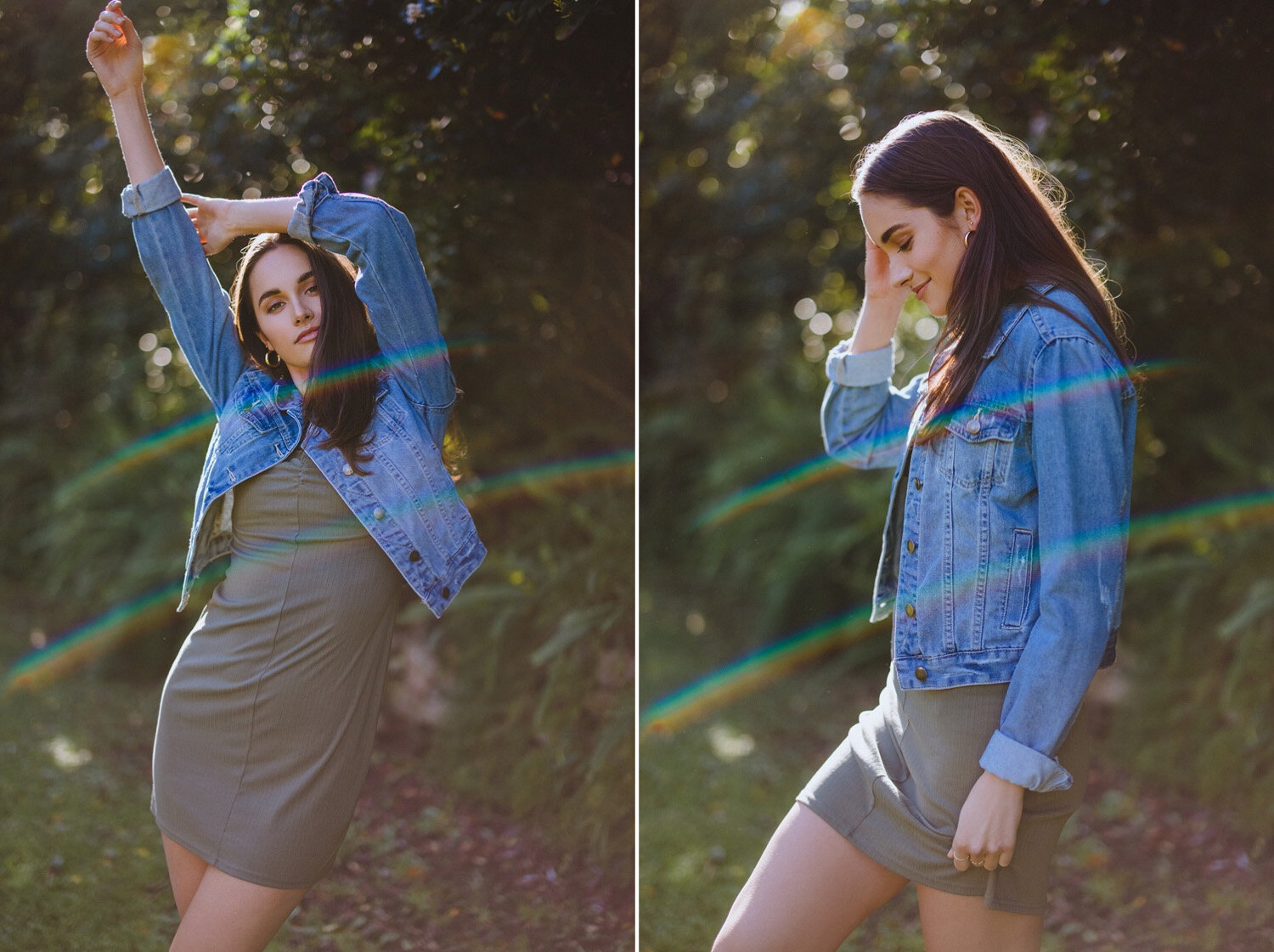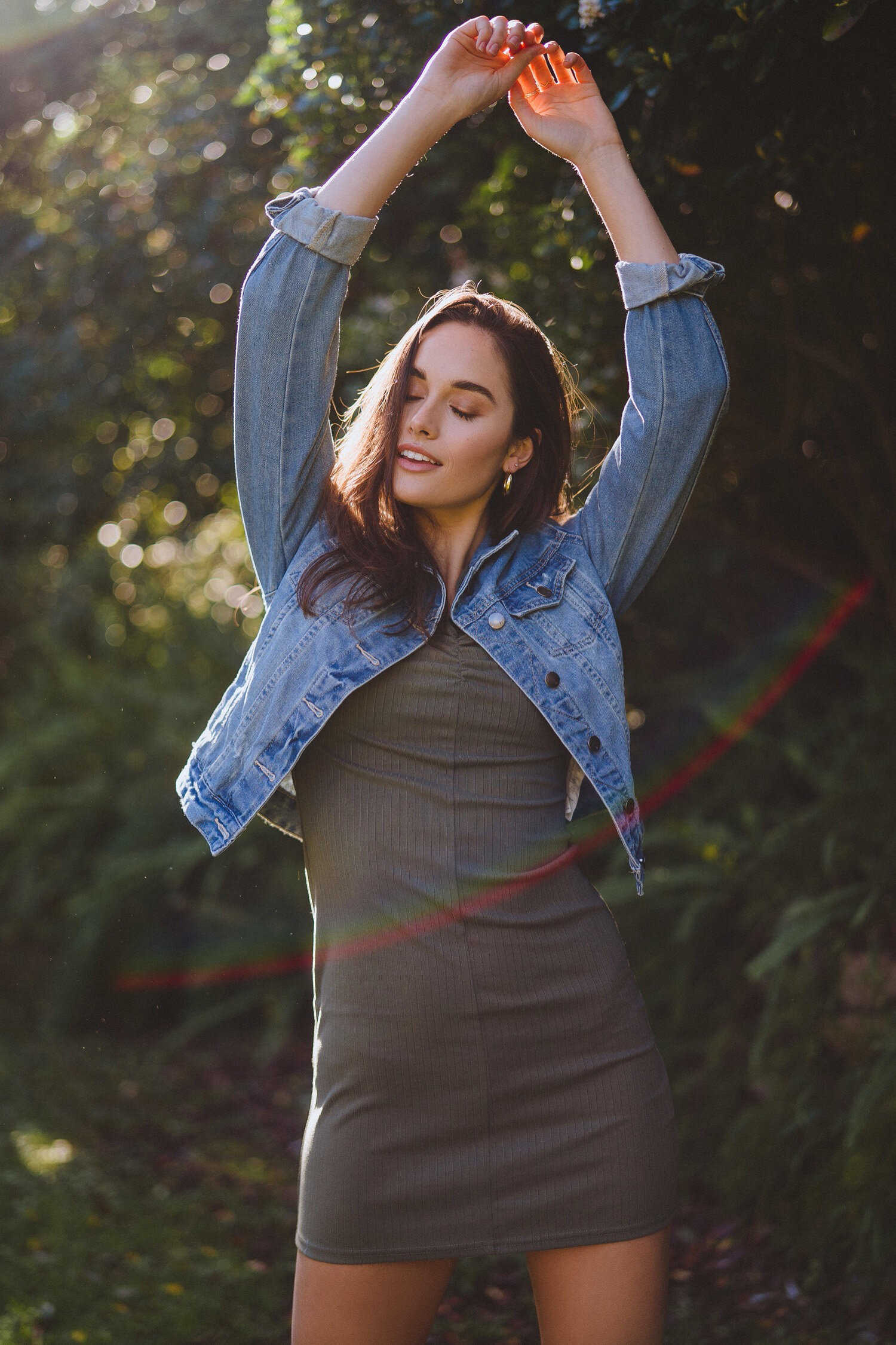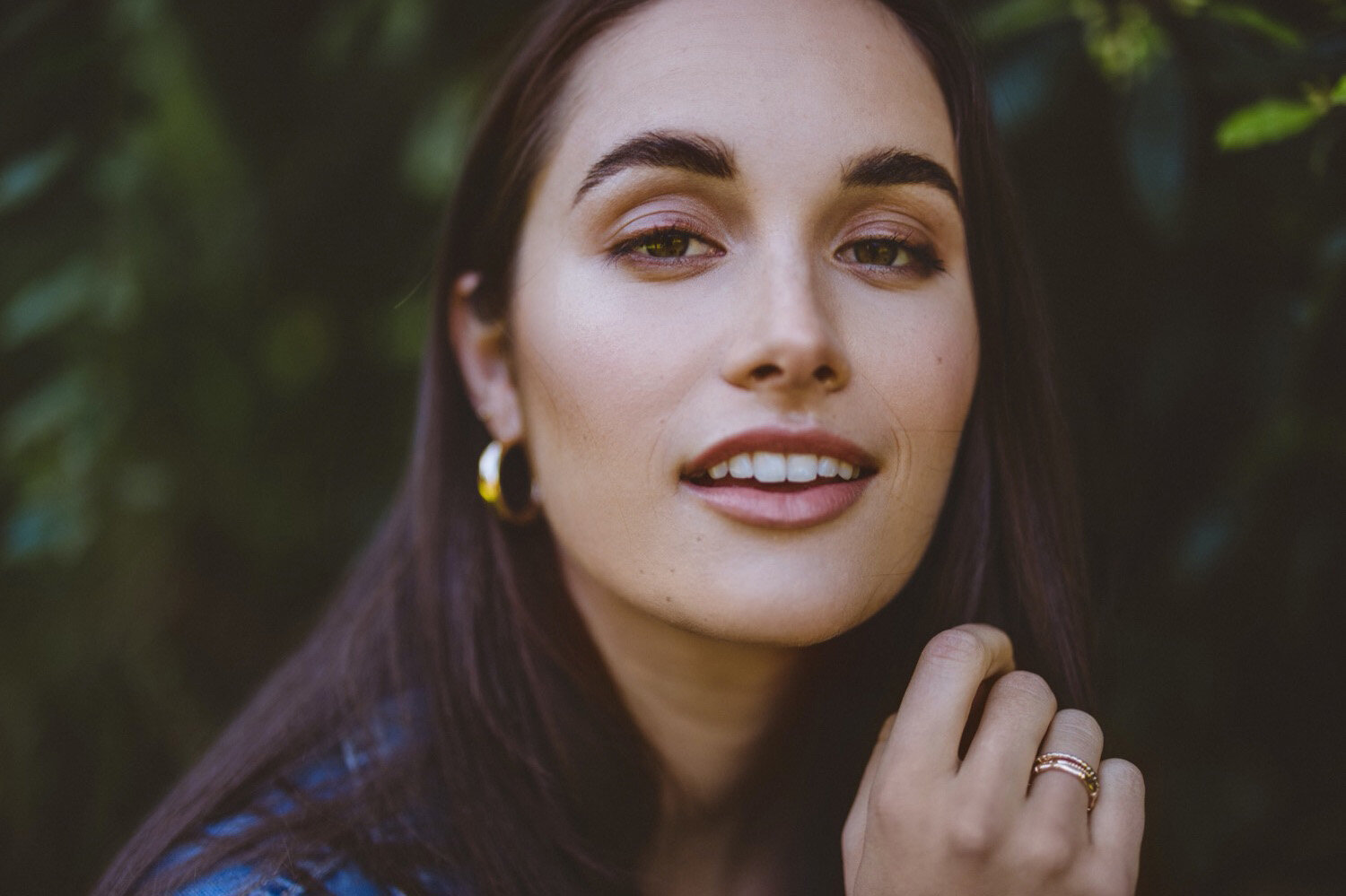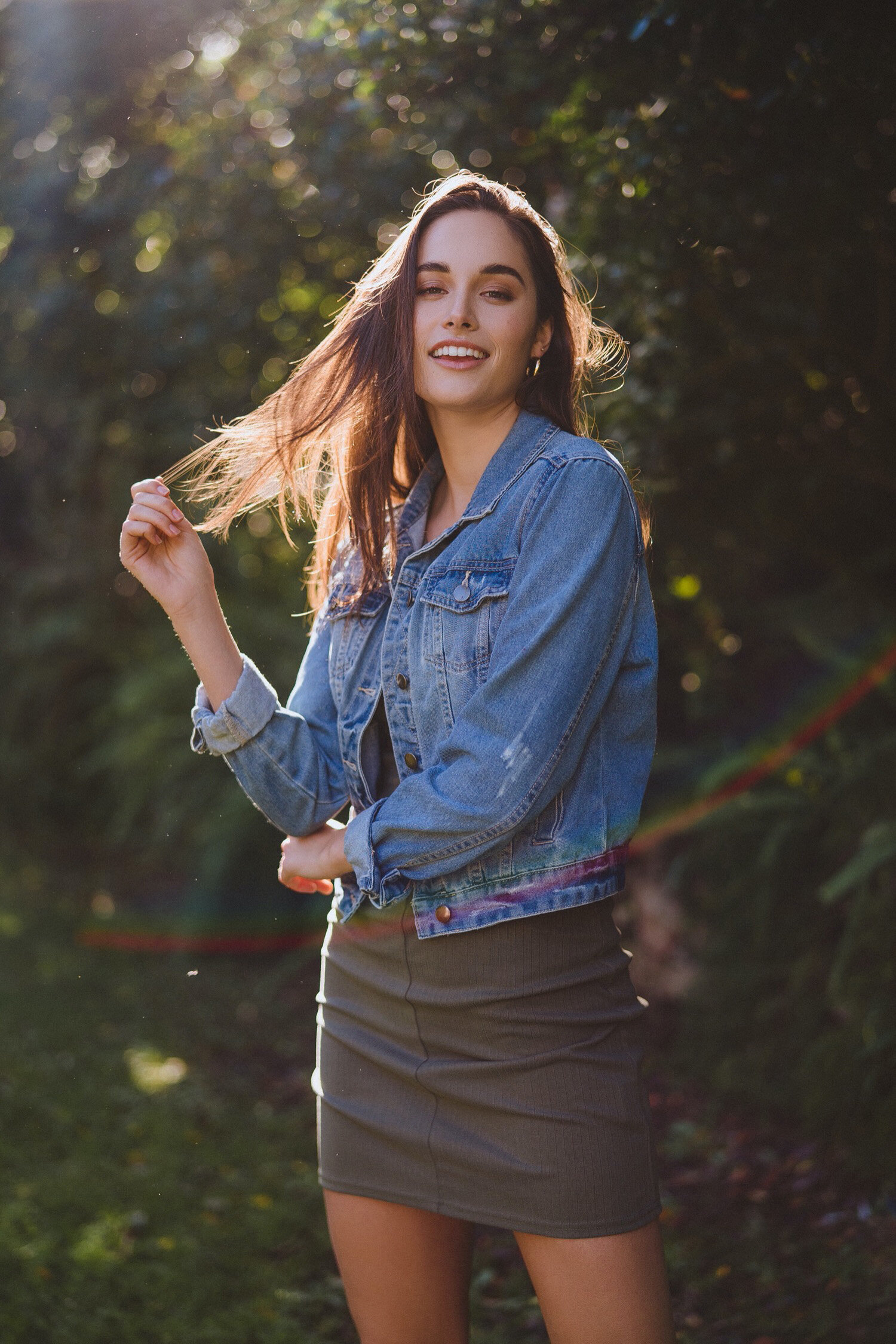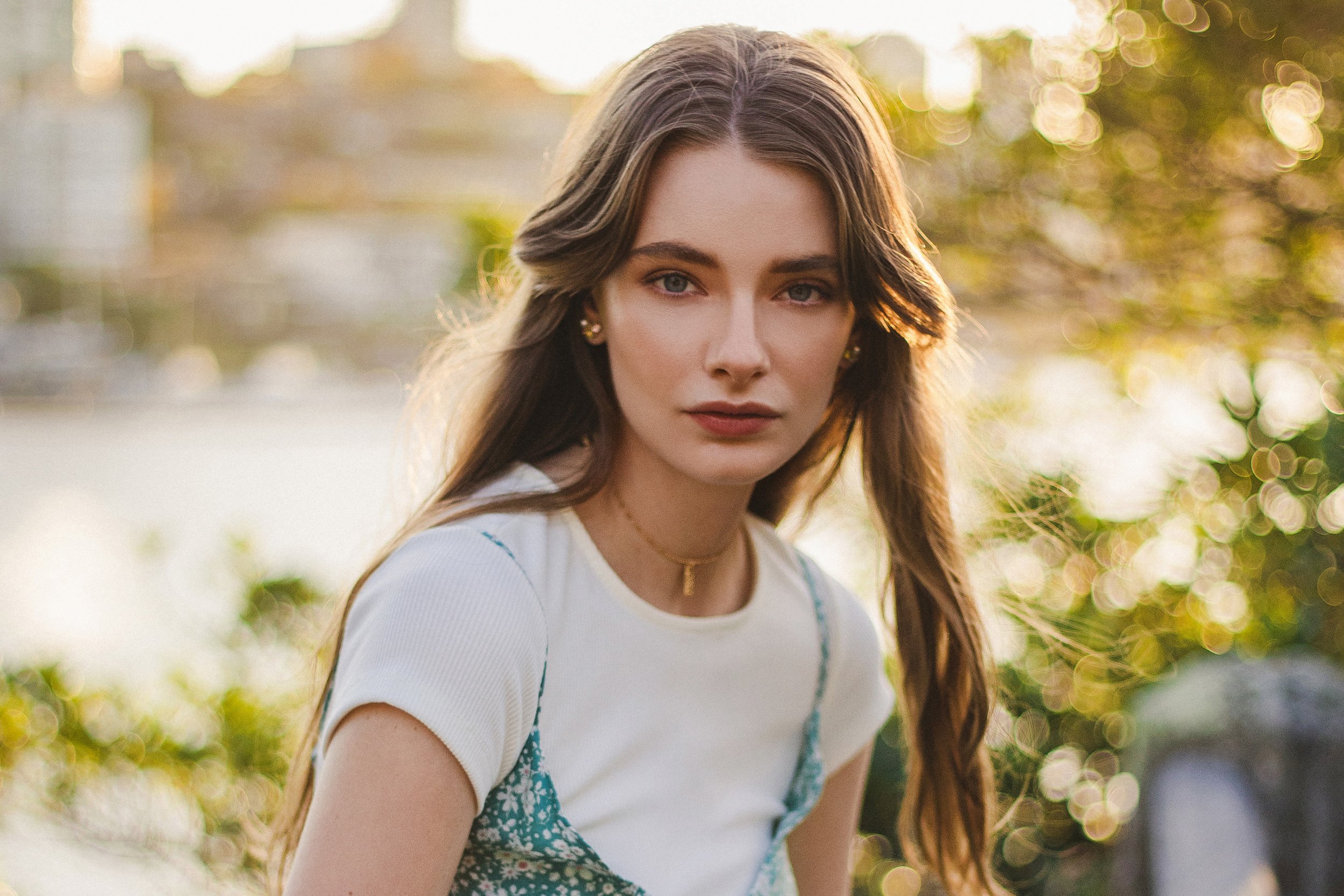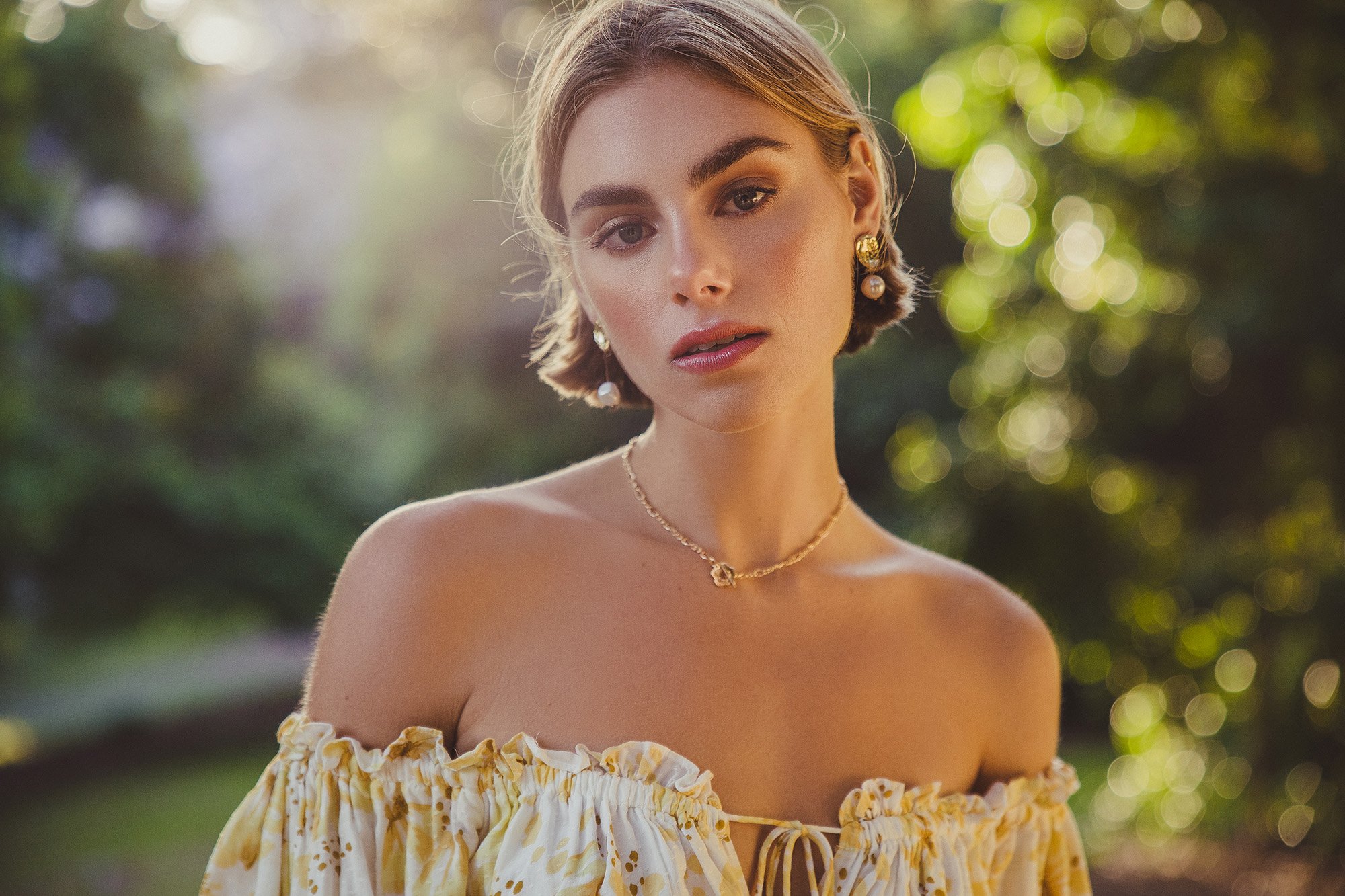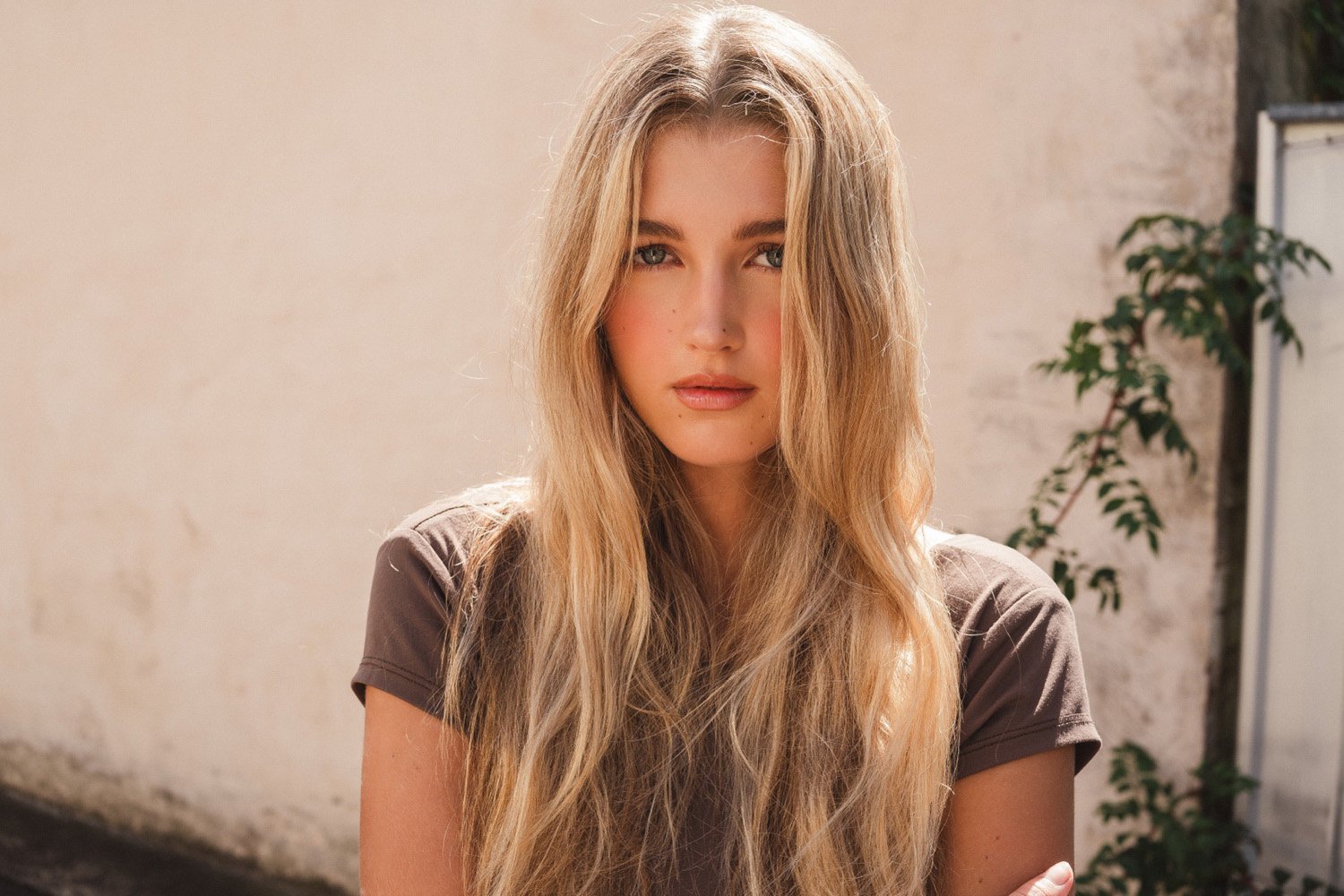The Canon RF 50mm f1.2 and Sony Zeiss 50mm f1.4 are two flagship, high-end 50mm lenses. In this comparison we are going to be putting both lenses head to head in a real world setting. I am using the RF 50mm f1.2 on the Canon ROS R5. And the Zeiss 50mm f1.4 is being used on the Sony A7III.
Since I made this video, Sony have also released a new version of the 50mm. The GM 50mm f1.2 was announced in April of 2021 and is now Sony’s flagship 50mm prime lens. You can watch my real world review video of that lens here.
Please subscribe to my YouTube channel, I upload new photography videos every single week.
model ehlana
makeup lidija j
video dan @ i make films
All photos edited with my Florence Lightroom Preset Pack!
PRICE
Before we start, let’s talk money. The Canon EOS R5 with the RF 50mm f1.2 comes to a grand total of $8600 in AUD at the time of writing this. The Sony A7III with the Zeiss 50mm f1.4 totals to $4400. If we ignore the camera bodies, the RF 50mm 1.2 lens is $3000 and the Zeiss 50mm f1.4 on it’s own is $2000.
Straight off the bat we can see a pretty big difference in price. But does this equate to a difference in value?
With the camera bodies itself it’s not fair to compare the price. One of the biggest differences between these cameras and the sizes of the files they shoot. The Canon EOS R5 is a high resolution camera taking photos at XMP each. The Sony A7III is a more consumer/prosumer camera taking photos at 24MP each. A fairer comparison would be the Canon EOS R6 vs Sony A7iii. Or if you are after high resolution images then we could compare the Canon EOS R5 vs Sony A1. Or even compare the Canon EOS R5 vs Sony A7R4.
I share a comparison image in my video above of a 100% crop of an R5 and A7iii file. You can see the EOS R5 has more megapixels than the A7iii as we can zoom in further to the photo. To keep the comparison fair, I will be sharing the R5 files at the same resolution as the A7III files.
LENS FEELING
The first comparison we are taking a look at is a closeup portrait. Both the Canon EOS R5 and Sony A7III are set to continuous autofocus with eye-AF turned on for the entire session. Watch the video below to see side by side images. Both lenses have focus right on the eyes with plenty of skin texture and detail. You can see the eyes are crisp and both portraits melt away into beautiful bokeh as they were both shot wide open.
Both lenses look very similar in quality with the closeup shots. Since the RF 50mm f1.2 shoots at f1.2, you can see more fall off with the depth of field on the face. We do now have the Sony GM 50mm f1.2 lens available if this is a look you are after with your portraits on the Sony ecosystem.
CAPTURING MOVEMENT
In the video, I share comparison images of what it’s like capturing a moving subject. The lighting in our location was quite harsh, plus I decided to shoot in a back-lit situation. This is going to be an added challenge for the cameras to focus with a moving subject.
COLOUR RENDITION
The Sony vs Canon skin tones and colour rendition is a thoroughly debated topic on the Internet. My final - and very summarised - thoughts on the topic are that yes, the colour rendition is different from both Canon and Sony. Neither is better or worse in my opinion. Both camera systems allow you to capture high quality images with fine colour rendition. I have colour graded all my final images to look exactly the same from both cameras, as you can see in the final images of this blog post. It’s very difficult to tell which one is Canon and which photo is from Sony. Watch the behind the scenes video above to SOOC, unedited images.
BOKEH
I captured some mid-length portraits with trees in the far background so we can take a look at the bokeh. In the wide open photos, the Canon RF 50mm f1.2 shots have the bokeh in the shape of an eyeball. The Zeiss 50mm f1.4 bokeh is still not perfectly round but has more of an oval shape. The shape of the bokeh is also in part due to the location, I find that trees usually produce less round bokeh. The bokeh from both lenses are very clean.
A small difference I can see from the comparison images is that the bokeh in the RF lens appears more spaced out. This is a nice effect if you want a more subtle background for your photos. The bokeh from the Zeiss 50mm f1.4 is more prominent and clustered if you like to have backgrounds with more details.
At f1.2 you can see the RF lens has the lead with depth of field. This is perfect for creating foreground to background separation in your portrait photography. The Zeiss also does a good job at creating that background to foreground separation to help your subject stand out in an image. However, you can see a subtle difference between both lenses. When both lenses are set to f1.4, the Canon RF 50mm f1.2 still has the slight edge with the background melting away.
LENS FLARE
The final difference with both 50mm prime lenses I found is the lens flare. Both lenses create a cute little rainbow lens flare with lots of colour. I find the Canon RF 50mm f1.2 lens flare is more prominent. In my back-lit portraits, I have a double lens flare appearing that bends upwards. This has a slightly higher chance to cover something important in a portrait such as the outfit or someone’s face. I personally don’t like distracting lens flares, I prefer soft lens flares that melt and blend into my images.
While the Zeiss lens flare looks the same, it only has a single rainbow that bends downwards. I see this as more of a fun lens flare that you can choose to occasionally include in your portraits.
SUMMARY
Watch the video above comparing the Canon RF 50mm f1.2 vs Zeiss 50mm f1.4 during a real world portrait photoshoot. I share my experiences with autofocus speed and accuracy between both lenses. I also share SOOC, unedited photos zoomed in to 100% so you can see the image quality.
Please subscribe to my YouTube channel, I upload new photography videos every single week!
All photos edited with my Florence Lightroom Preset Pack!
If you enjoyed this blog post, you might want to check out my real world review on the Canon EOS R5 with the RF 50mm f1.2 at a portrait photoshoot.


